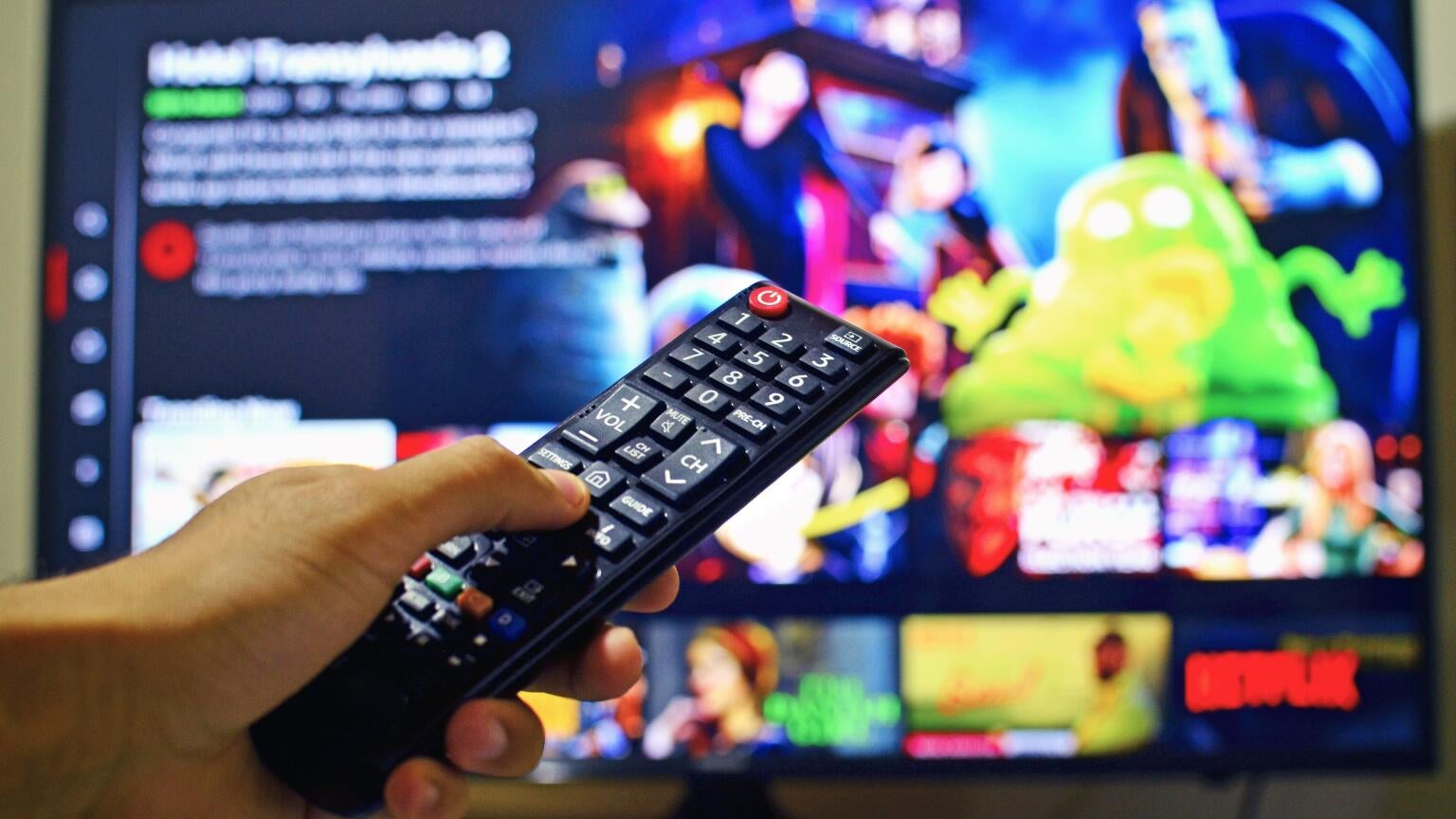
Likely surprising no one, recent analysis from Variety Intelligence platform (VIP+) reveals that cord-cutting expanded amongst consumers in 2022, as eight of the top traditional TV companies experienced a combined 31% decrease in subscribers over the last year. While many fear the worst for cable and satellite providers — imagining a fate similar to the now-nearly defunct Blockbuster — there may just be a savior for companies by offering broadband and free ad-supported streaming TV (FAST) services.
The first quarter of this year has seen a loss of at least 3.2 million subscribers across the board for companies such as Altice USA, Charter, Comcast, Dish, Verizon, and more. In Q1 of each of the last three years, there has been a decline of between 2.2M to 2.4M members for these services, with Q1 2022 being the biggest yet.

In contrast, live TV streaming services like [fubo TV], Hulu, and Sling TV have seen a combined rise in the first quarter of 2022, albeit a not-so-impressive one, of about 642,000 new subscribers. This figure has been the lowest in recent years from the three platforms. It is not unusual for the first quarter of the year to be especially difficult for content providers as many consumers choose to unsubscribe at the conclusion of the pro and college football seasons.
Despite that bankable fact, with losses rapidly growing for traditional TV and growth slowing for virtual Multichannel Video Programming Distributors (vMVPDs, essential live TV via the internet), there is cause for concern that some consumers are choosing to exit the system entirely.

While it may seem that these companies will soon be lost for good, there is some hope for those with the infrastructure in place to offer broadband. Internet subscriptions are far more profitable for companies as they do not require paying several different partners individually, as is necessary when providing TV. Platforms must pay carriage fees to rights holders in order to broadcast their content, which can get increasingly expensive.
Unlike pay-TV, broadband has seen steady broadband increases every quarter since 2018. In the first quarter of 2018, there were 57M broadband subscribers in the United States according to VIP+, that total has risen to over 69M as of 2022.
With the White House now backing plans to subsidize broadband access to more rural areas across the country, it appears that there is far more room for growth for these companies than in TV.

Additionally, providers who also run their own FAST services have an even greater avenue for generating revenue. Comcast, for instance, has the free streaming services Xumo and Peacock (the latter has multiple tiers ranging from free to $9.99 per month), both integrated into the company’s free Xfinity Flex streaming box. As long as their subscribers continue to use this service, the company will be able to make money off of ads on the platform.
It may seem like cord-cutting is on a mission to wipe out every cable and satellite provider, but all is not lost for many of these companies. If they play their cards right and are willing to adapt and invest in new revenue streams, there can be plenty of options for generating profits going forward.